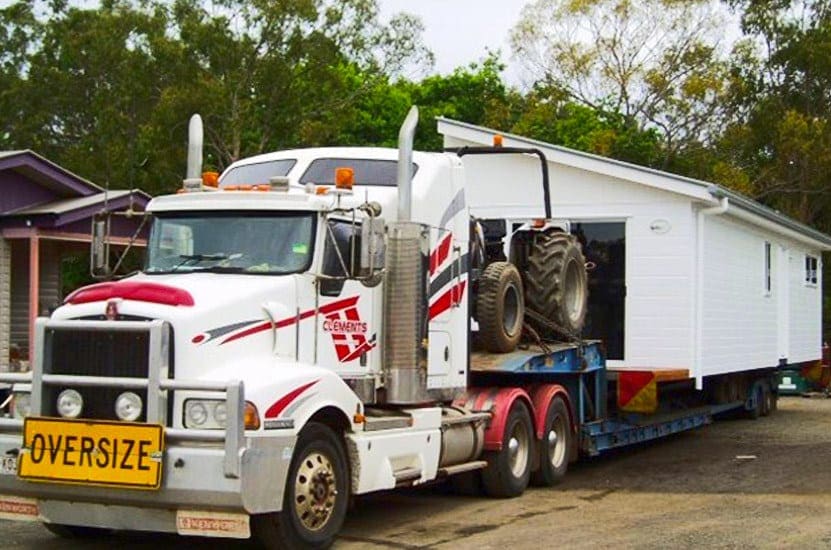[fusion_builder_container background_color=”” background_image=”” background_parallax=”none” enable_mobile=”no” parallax_speed=”0.3″ background_repeat=”no-repeat” background_position=”left top” video_url=”” video_aspect_ratio=”16:9″ video_webm=”” video_mp4=”” video_ogv=”” video_preview_image=”” overlay_color=”” overlay_opacity=”0.5″ video_mute=”yes” video_loop=”yes” fade=”no” border_size=”0px” border_color=”” border_style=”” padding_top=”20″ padding_bottom=”20″ padding_left=”” padding_right=”” hundred_percent=”no” equal_height_columns=”no” hide_on_mobile=”no” menu_anchor=”” class=”” id=””][fusion_builder_row][fusion_builder_column type=”1_1″ background_position=”left top” background_color=”” border_size=”” border_color=”” border_style=”solid” spacing=”yes” background_image=”” background_repeat=”no-repeat” padding=”” margin_top=”0px” margin_bottom=”0px” class=”” id=”” animation_type=”” animation_speed=”0.3″ animation_direction=”left” hide_on_mobile=”no” center_content=”no” min_height=”none”][fusion_text]
The Ins & Outs Of Buying A Prefabricated Home
[fusion_dropcap color=”#63A70A” boxed=”yes” boxed_radius=”20%” class=”” id=””]I[/fusion_dropcap]t is a common misinterpretation that prefabricated relocatable homes are inferior to traditional on-site built homes. This may have been the case in the 1970s and 1980s; however, much has changed in the industry since the “donga” style, mining unit days. Modern construction and developmental advances have greatly changed the way prefabricated relocatable homes are built, and are required to conform to stricter regulations.
[/fusion_text][fusion_separator style_type=”none” top_margin=”” bottom_margin=”10px” sep_color=”” border_size=”” icon=”” icon_circle=”” icon_circle_color=”” width=”” alignment=”center” class=”” id=””/][/fusion_builder_column][/fusion_builder_row][/fusion_builder_container][fusion_builder_container hundred_percent=”yes” overflow=”visible”][fusion_builder_row][fusion_builder_column type=”1_1″ last=”yes” spacing=”yes” center_content=”no” hide_on_mobile=”no” background_color=”” background_image=”” background_repeat=”no-repeat” background_position=”left top” hover_type=”none” link=”” border_position=”all” border_size=”0px” border_color=”” border_style=”” padding=”” margin_top=”” margin_bottom=”” animation_type=”” animation_direction=”” animation_speed=”0.1″ animation_offset=”” class=”” id=””][fusion_text]During the 1970s and 1980s prefabricated relocatable homes were built from basically the same materials as caravans. Today, these homes are built to the same standard as traditional on-site built homes, if not stronger due to the fact that they need to be able to tolerate transportation aspects.
Quality, Durability & Construction Times
Gone are days of “caravan materials” for prefabricated relocatable homes. Most modern prefab relocatable homes are usually constructed with a solid steel sub-frame, followed by treated termite resistant pine structural framing, insulation, and durable cladding. Due to the factory construction process, homes are under daily supervision and protection from the elements also contributing to faster building timeframes. Some prefabricated relocatable homes can be built within just 10 weeks! This short construction period is assisted by the factories’ ability to buy in bulk, often costing less. Buying in bulk enables building materials to be already available ready to start construction.
Costs & Affordability
For homebuilders, buying in bulk, unlike a traditional builder, reduces material costs and waste. These savings can then be passed onto the customer enabling building costs to be often cheaper than traditional construction methods. Factory built homes don’t require materials and labourers to be transported to and from a location away from the main office, until the home is ready to be transported to the site completed. This allows prefabricated relocatable homebuilders to better service regional clients, and often means the homes come standard with many inclusions that would usually would be an extra cost.
Design
Small prefab relocatable homes such as granny flats and cabins often can be built in a single module or section, whereas larger homes require multiple sections to be pre-built and joined onsite. Modern transportation factors, such as the requirement for prefabricated modules to be transported during the day and without police escort, are favoured by many builders and homebuyers due to their ability to reduce costs. This practice whilst is fantastic for saving the customer money can limit the size, shape and weight of each module or section to ensure it is suitable to be transported by truck.
The design capability of prefabricated relocatable homes; however, are closely similar to that of traditional on-site built homes. Reduction of heavy building materials such as brick, stone and concrete are common in favour of lighter materials such as wood due to transportation factors. Lighter materials; however, can often provide a building with a natural eco-friendly appeal, especially when constructed using recycled materials. Talk to your preferred prefabricated relocatable homebuilder for options available.
If you are considering a prefabricated relocatable home, discover your options today. Talk to our team of prefabricated relocatable home experts at Hoek Modular Homes.
Contact us on (07) 3889 7385.
[/fusion_text][/fusion_builder_column][/fusion_builder_row][/fusion_builder_container]

